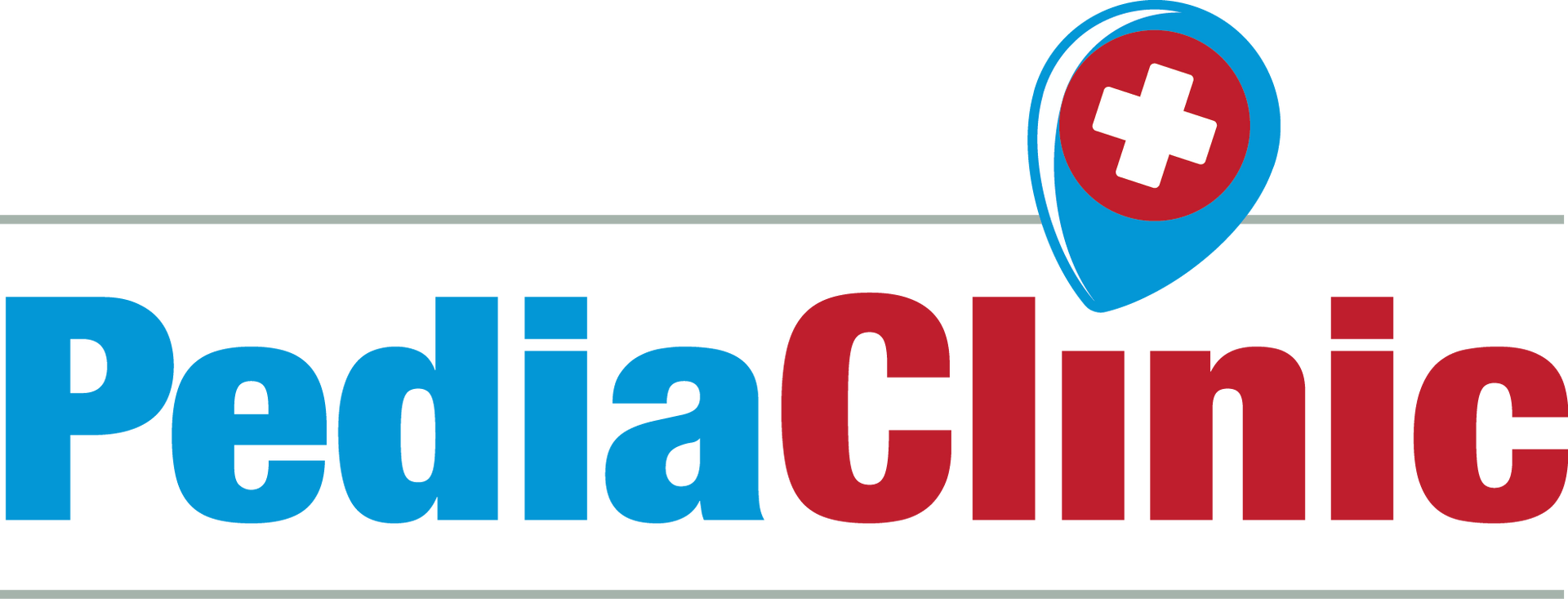Roseola
Definition
- Roseola is widespread fine pink rash that's caused by a specific virus
- Classic feature is that the rash is preceded by 3 to 5 days of high fever
- The fever goes away before the rash starts
Call or Return If
- Fever comes back
- Rash lasts more than 4 days
- You think your child needs to be seen
- Your child becomes worse
About This Topic
Symptoms
- Most children get Roseola between 6 months and 3 years of age.
- Rash: Pink, small, flat or slightly raised spots on the chest and stomach. Rash is the same on both sides of the body. Then may spread to the face and arms.
- Classic feature: 3 to 5 days of high fever without a rash or other symptoms.
- The rash starts 12 to 24 hours after the fever goes away.
- The rash lasts 1 to 3 days.
- By the time the rash appears, the child feels fine.
Causes
- Human herpes virus 6 (HHV6)
Viral Rashes and Drug Rashes
- Prescription medicines sometimes cause widespread rashes.
- Non-prescription (OTC) medicines rarely cause any rashes.
- Most rashes that occur while taking an OTC medicine are viral rashes.
- Fever medicines (acetaminophen and ibuprofen) cause the most confusion. Reason: Most viral rashes start with a fever. Hence, the child is taking a fever medicine when the rash starts. But the fever medicine had nothing to do with the rash.
- Drug rashes can't be diagnosed over the phone.
Prevention
- Good hand washing can prevent spread of infection.
After Care Advice
Overview:
- Most children get Roseola between 6 months and 3 years of age.
- It's the most common rash in this age group.
- By the time they get the rash, the fever is gone. The child feels fine.
- The rash is harmless and goes away on its own.
- Here is some care advice that should help.
Treatment:
- No treatment is needed.
- Creams or medicines are not helpful.
Moisturizing Cream for Itch:
- Roseola usually is not itchy. If your child's rash is itchy, here are some tips.
- Use a moisturizing cream once or twice daily. Examples are Eucerin or Cetaphil creams.
- Apply the cream after a 5 or 10-minute bath. (Reason: Water-soaked skin feels less itchy).
- Avoid all soaps. (Reason: Soaps, especially bubble bath, make the skin dry and itchy).
Fever:
- For fevers above 102° F (39° C), give acetaminophen (such as Tylenol) or ibuprofen. Note: Lower fevers are important for fighting infections.
- For ALL fevers: Keep your child well hydrated. Give lots of cold fluids.
What to Expect:
- Roseola rash goes away in 2-3 days.
- Some children with Roseola just have 3 days of fever without a rash.
Return to Child Care:
- Once the fever is gone for 24 hours, the disease is no longer contagious.
- Even if the rash is still present, your child can return to child care or school.
- Children exposed to your child earlier may come down with Roseola in 9-10 days.
Author: Barton Schmitt MD, FAAP Copyright
Disclaimer: This health information is for educational purposes only. You the reader assume full responsibility for how you choose to use it.
Article 2553
